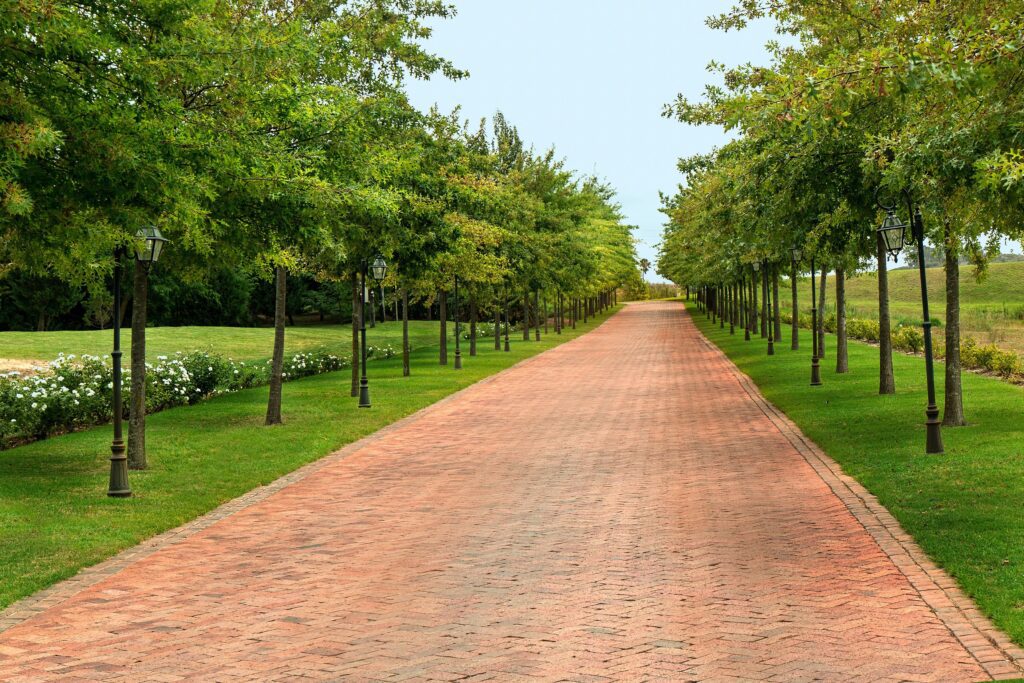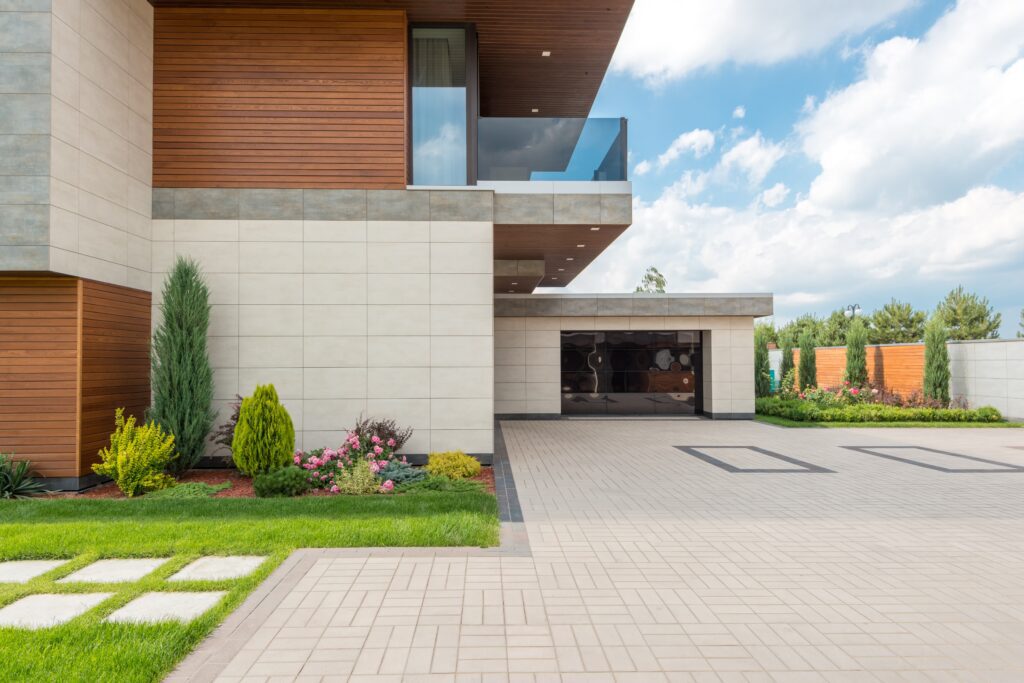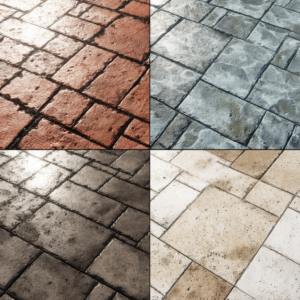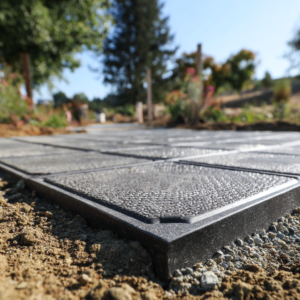If you plan on starting your own paving project, it’s important to pick the correct base. Whether you’re paving a path, your driveway or a patio, choosing the best bags of paver base is what will allow you to have a neat arrangement of pavers that is both durable and reliable.
However, opting for higher quality also means that you’ll have pay a bit more for it. But that is not really a problem – if you opt for cheaper paver base, in the long term you’ll have to spend a lot more on maintenance. It’s more expensive in the short term, but you’ll end saving more over time.
Fortunately, you can prevent yourself from overspending simply by getting the right amount of paver base from the beginning. You shouldn’t buy too little, as that means you’ll run out in the middle of the process. And you also shouldn’t buy too much, as that would increase your expenses unnecessarily.
Doing those calculations can be unintuitive, but the following section will explain what you need to do.
Jump to:
Calculating how many bags of paver base you need

The paver base normally consists of a layer of sand over a layer of gravel. You’ll have to buy those two materials in separate bags, but both of them should be available at a supply store or hardware store, and are commonly sold by the cubic yard or the cubic feet.
So, this section will explain how to calculate the minimum volume of paver base materials you’ll need for your project.
Step 01 – Calculating the area of the project
The first step on this calculation consists on obtaining the total area of the project. That is, the total square feet of area that will be paved.
If you have been working on the project for a while, maybe you have already calculated it. But if you didn’t, calculating the area consists on getting the width and length of each section that will be paved, then multiplying them.
For a square patio, this is simple. For a long path, it can be more complicated, depending on how the path is shaped. More complex geometries will, of course, make it harder to get a correct estimate, but calculating the correct area is crucial to calculating the required volumes correctly.
Step 02 – Calculating the volume of sand
Obtaining the area of the project is, fortunately, the hardest step. To calculate the volume of sand, you can do so with simple multiplication.
If you intend to have a 1-inch thick layer of sand, which is the usual, you just need to multiply the area of the project by 0.00309. This will then give you the volume of sand you need in cubic yards.
Step 03 – Calculating the volume of gravel
The volume of gravel you’ll need is slightly more complicated to calculate. While in general you’ll only need a 1-inch thick layer of sand for any project, the amount of gravel needed depends on how much weight you expect your pavers to handle on a daily basis.
For example, if you intend to pave a patio, you only need a 4-inch thick layer of gravel, as it will mostly have to support people and furniture. In this case, you can obtain the necessary cubic yards of gravel by multiplying your project area by 0.01235.
However, if you want to pave a driveway, you’ll need to have a thicker layer of gravel. Otherwise it’s possible for the pavers to end up sinking over time. In this case, you’ll want at least a 6 or 8-inch thick layer, so multiply the area by 0.01852 or 0.02469.
However, if all of those numbers are difficult to remember, there is a simpler way to calculate the cubic yards you’ll need.
Once you have the area in square feet, multiply it by the thickness of the layer (in inches) and divide it by 12. This will give you the volume in cubic feet. Now, simply divide the volume in cubic feet by 27, and you’ll obtain the volume in cubic yards.
This is also helpful in case your project needs thicker layers of gravel or layers of other materials.
Step 04 – Calculating the amount of bags of paver base
The amount of bags you’ll need depends on the bags available at the store of your preference. Different stores and different brands may offer bags of different volumes.
Some may sell them by the cubic yard, others by the cubic feet. If you need the volume in cubic feet and you have it in cubic yards, just multiply it by 27.
However, generally what you should do is round the volume you calculated up to the nearest multiplier.
For example, if you only have bags of 0.5 cubic feet available, and you need 47.7 cubic feet of some material, divide 47.7 by 0.5 and round up. The division would give you 95.4, meaning you need 96 bags.
Rounding up means that, if use all of the materials correctly, you will end up with some material to spare. As it’s very difficult to do everything correctly in the first try, having some paver base to spare can be very helpful.
If instead you round down, you will have purchase more bags later on, because you will not have enough to finish the project.
That is just the minimum you will need, however. You should also consider buying some more to spare in case you face problems during the paving process.

Paver Sand & Gravel Calculator
This very useful and simple calculator will simplify the first 3 steps of the process for you!
Get professional help
While doing those calculations is easy, calculating the exact area to be paved and the amount of spare materials you will need may be more difficult, especially if you are not experienced in paving.
In those cases, it is a better idea to get professional help. This way you can ensure that you will end up with a high quality finish, and that the project runs smoothly.
Here are JS Brick, we have over 20 years of experience with paving and can help you out.
If you live in or near Sarasota County, FL, call us at +1 941 586 9140! We would be happy to help you with your project.




